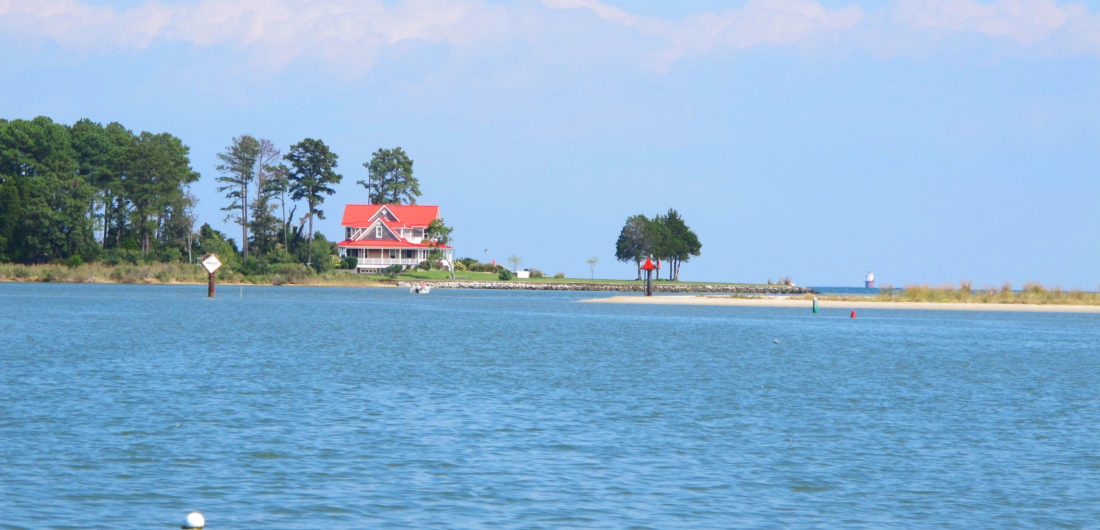As a delicate animal, highly susceptible to epidemic diseases and industrial pollution, oysters are a canary in the coal mine. You can’t raise healthy oysters unless you have excellent water quality, which means that oyster farmers have strong incentives to protect their watersheds and fight the influx of industries which could lead to potential contamination.
In addition, the process of farming shellfish requires no feed (other than some algae at the juvenile nursery stage), so the feed conversion ratio is very efficient, and shellfish produce no waste or greenhouse gases, unlike cattle. Meanwhile, oysters filter the water, adding clarity and removing nitrogen, which benefits other aquatic plants and wildlife. Finally, eating farmed oysters ensures that wild oyster populations are conserved, and those oyster reefs will continue protecting shorelines from erosion and providing habitat for other sea life. (For more information on the impact of farmed vs wild oysters, see this post.)
Accordingly, Monterey Bay Aquarium and other seafood conservation organizations have recognized this by awarding the green “Best Choice” rating to farmed oysters, clams and mussels. Instead of all-you-can-eat wings or shrimp buffets, perhaps we should be launching all-you-can-eat mussel and clam nights?
To look at a historical example, you can see the ramifications of water quality in the boom and bust cycle of the Olympia oyster. As the only native oyster species on the West Coast, Olympia oysters were the treat of choice for gold rush-era miners and frontiersmen. These tiny, quarter-size oysters were plentiful and wildly popular, but not for long. In 1924, the Olympia Oyster Co was selling about 50,000 bushels of oysters each year. Today, they sell a few hundred. The decline began in 1927, when a timber company opened a wood pulp mill in Oakland Bay in Puget Sound. The production discharge contained sulfite, which circulated in the bays and inlets, either killing the oysters outright or causing algal blooms so intense that the dead algae coated the sea bottom with muck that prevented baby oysters from setting. By 1957, the mill had closed, but it wasn’t until the early 2000s that the inlets flushed themselves clean.
Since the 1972 enactment of the Clean Water Act, we have made great strides in improving our water quality and removing old pollutants, but we must continue to be vigilant. Shellfish farming represents a wonderful intersection between healthy food and eco-friendly industry, where financial and social incentives are aligned. So, the next time you throw back an oyster, you can feel good about contributing to a better ecosystem.
